Introduction: Marketing Is No Longer 2D
The future of marketing SaaS products isn’t limited to static ads, blogs, or webinars—it’s moving toward immersive experiences powered by Augmented Reality (AR) and Virtual Reality (VR). Customers today expect engagement, interactivity, and personalization beyond traditional channels. With AR and VR, SaaS companies can demonstrate their value proposition in a virtual environment, creating experiences that educate, entertain, and convert.
AR/VR is not just a consumer trend—it’s rapidly becoming a B2B necessity. Companies leveraging these technologies in their marketing and onboarding strategies report higher engagement rates, stronger brand recall, and faster deal closures. The reason is simple: seeing and experiencing beats reading and guessing.
Why AR & VR Matter for SaaS Marketing
SaaS tools often solve complex problems that are hard to explain with text or static images. AR/VR changes that by enabling:
-
Immersive Product Demos: Let prospects walk through your software in a 3D virtual environment.
-
Virtual Training & Onboarding: Make customer onboarding intuitive, interactive, and engaging.
-
Hyper-Personalized Marketing Campaigns: Show users how your product works in their environment, not a generic scenario.
-
Remote Collaboration & Event Marketing: Host virtual conferences, product launches, and interactive webinars for global audiences.
According to Statista, the AR & VR market in marketing will reach $162 billion by 2028, and SaaS companies are set to be among the top adopters.
How AR & VR Enhance SaaS Marketing Experiences
1. Interactive SaaS Product Walkthroughs
Traditional video demos show what a product does—AR/VR shows how it feels. Imagine letting prospects explore your CRM dashboard in a VR workspace, or project a SaaS analytics tool on their office desk via AR. This reduces friction in the buyer journey by eliminating the gap between imagination and reality.
2. Virtual Customer Events & Trade Shows
Physical trade shows are costly and have limitations. VR-based virtual expos allow SaaS companies to showcase products globally without geographic constraints. Attendees can navigate virtual booths, attend live Q&A sessions, and even network in real time—all from their devices.
3. AR-Powered Ads & Marketing Campaigns
AR ads enable customers to visualize SaaS solutions in real-world settings. Example: A project management tool can allow users to view a Kanban board on their office wall through AR filters.
4. Enhanced Onboarding & Customer Education
Interactive tutorials using AR/VR make onboarding fun and efficient. New users can explore features in a game-like environment, reducing churn caused by poor onboarding.
5. Personalized Pre-Sales Consultations
Sales teams can host VR-based consultations, presenting customized dashboards, live reports, and solutions tailored to the prospect’s business—building trust and accelerating conversions.
Industry Examples of AR & VR in SaaS Marketing (Expanded)
-
Real Estate SaaS: Virtual property tours integrated with CRM data visualization for agents.
-
FinTech SaaS: AR-based dashboards projecting stock trends in real time for investor presentations.
-
Healthcare SaaS: VR training modules for patient management systems and telemedicine.
-
Legal SaaS: Virtual court simulations for demonstrating case management software.
-
Travel & Hospitality SaaS: Virtual itinerary planning and hotel previews powered by AR.
-
Education SaaS: Immersive classrooms where learners interact with SaaS features in a VR setting.
-
Cybersecurity SaaS: VR-based incident response training simulations for enterprise clients.
-
E-Commerce SaaS: AR-powered personalized store previews with integrated analytics tools.
-
Logistics SaaS: VR-enabled warehouse management demonstrations for supply chain managers.
-
Marketing Agencies (MarTech SaaS): AR ads for immersive brand storytelling linked to campaign performance analytics.
Want to see how these technologies integrate with automation? Read our blog on Top AI-Powered Workflow Automations Every SaaS Needs.
Challenges in Implementing AR & VR for SaaS Marketing
-
High Development Costs: Custom AR/VR experiences require investment.
-
Device Compatibility: Ensuring cross-platform support for headsets, smartphones, and browsers.
-
Data Privacy: Securing sensitive user data in immersive environments.
Solution: Start small—focus on AR filters or VR demos for high-value prospects—then scale with an experienced AR/VR development partner like NextGenAIWorks.
How NextGenAIWorks Helps Businesses with AR & VR Integration
At NextGenAIWorks, we design immersive AR/VR solutions tailored for SaaS marketing, onboarding, and product engagement. Our services include:
-
Custom AR/VR product demos integrated with SaaS dashboards.
-
Virtual event and trade show platforms for global reach.
-
AR-enhanced marketing campaigns powered by AI personalization.
-
Cross-device integration for seamless user experience.
Explore our Portfolio for real-world examples or check out our full Services.
Key Takeaways
-
AR & VR redefine SaaS marketing by creating immersive, interactive experiences.
-
Industries from Real Estate to Cybersecurity and Education benefit from AR/VR-driven engagement.
-
Combining AR/VR with AI, personalization, and automation amplifies marketing ROI.
-
The future of SaaS marketing isn’t just digital—it’s immersive and experiential.
Ready to Make Your SaaS Marketing Immersive?
Let’s build AR & VR experiences that captivate your audience, boost engagement, and increase conversions.
👉 Contact Us Today or explore our AI & AR/VR Solutions for SaaS.
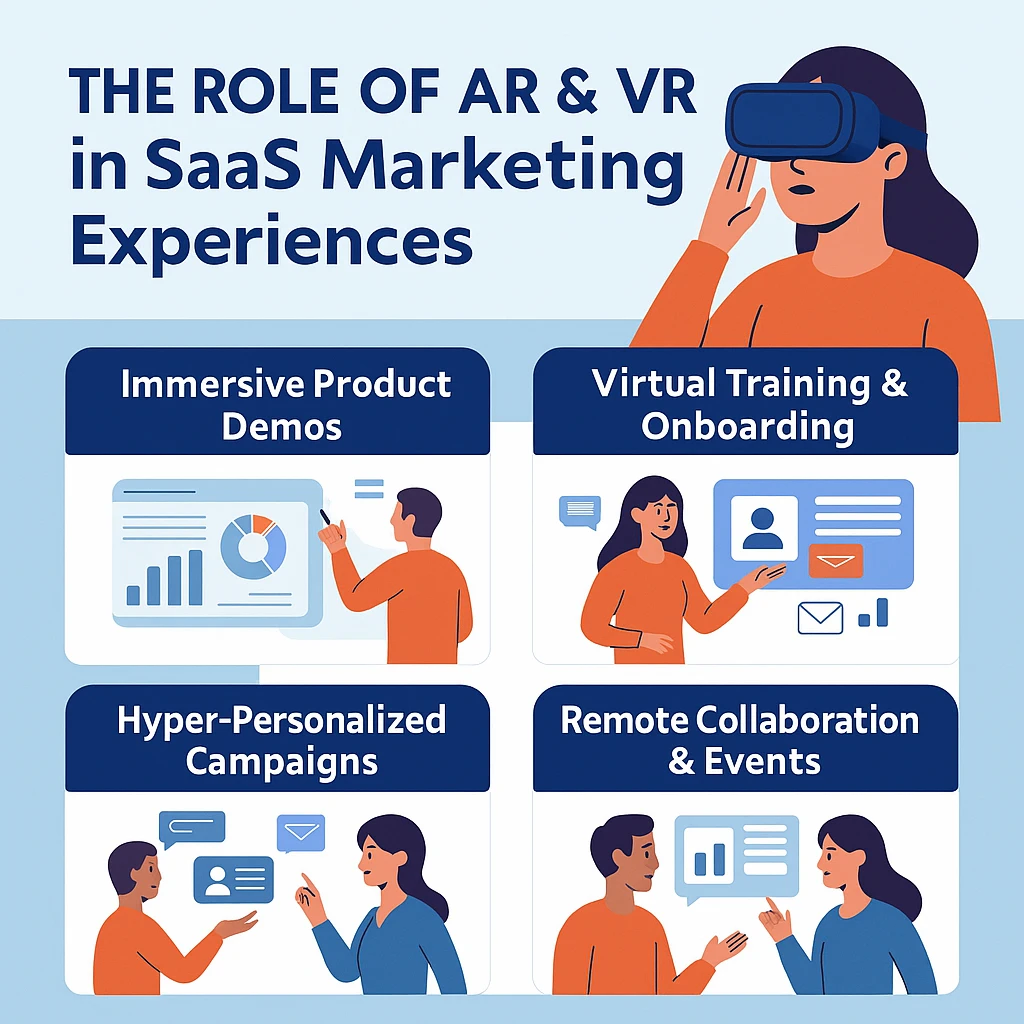
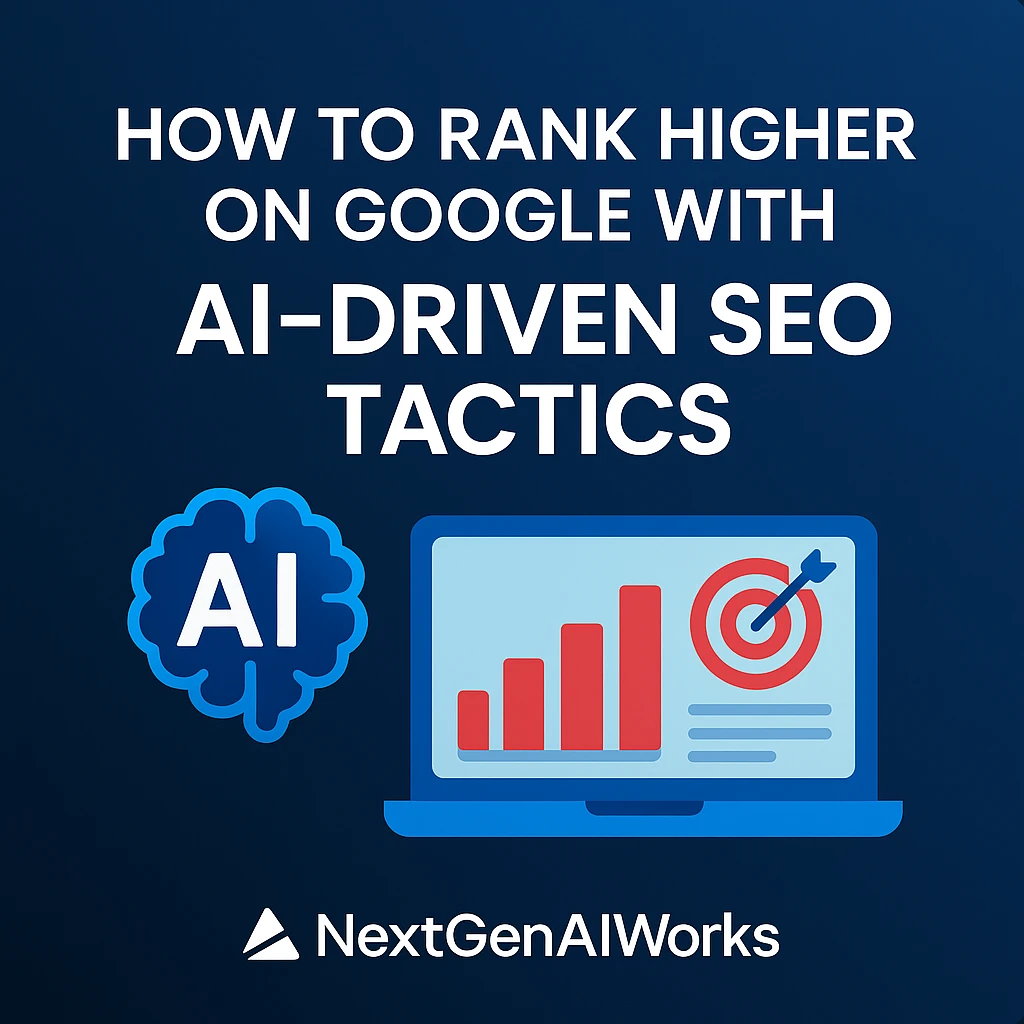
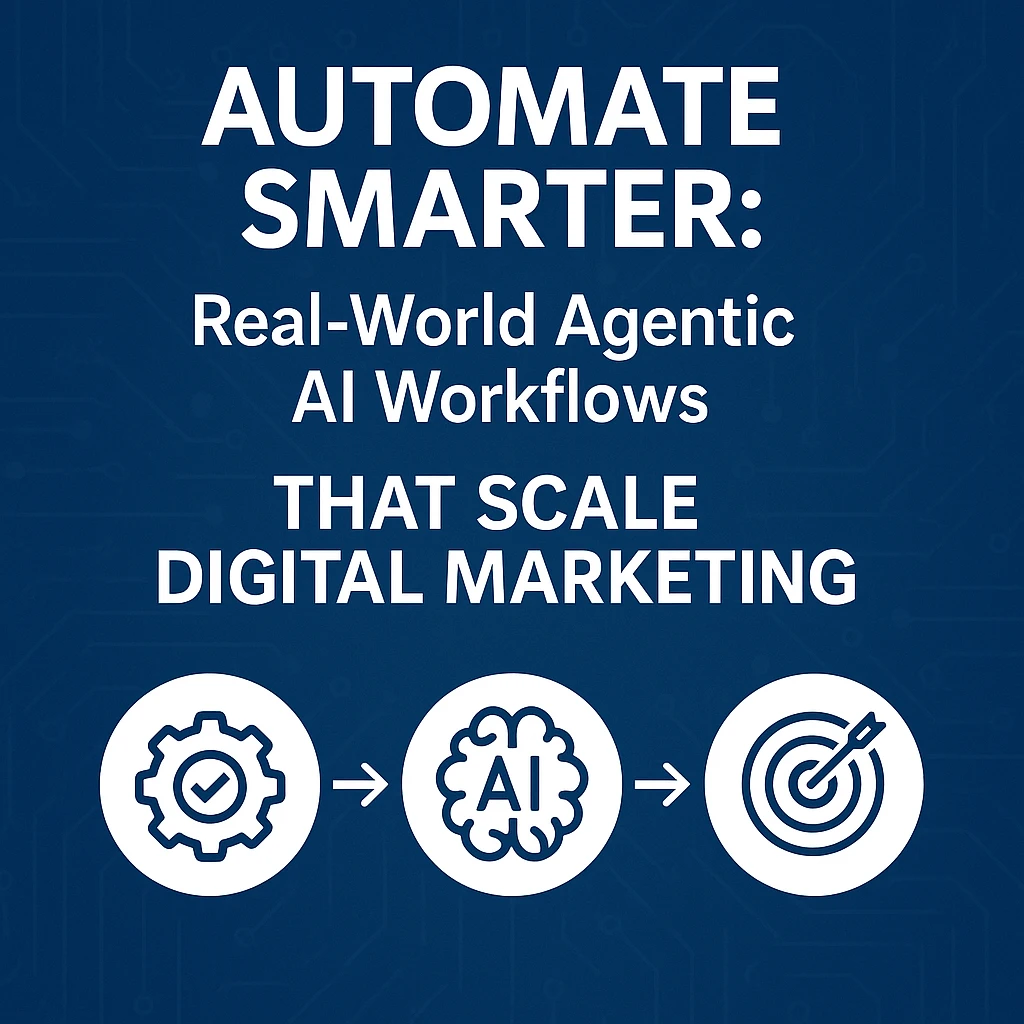
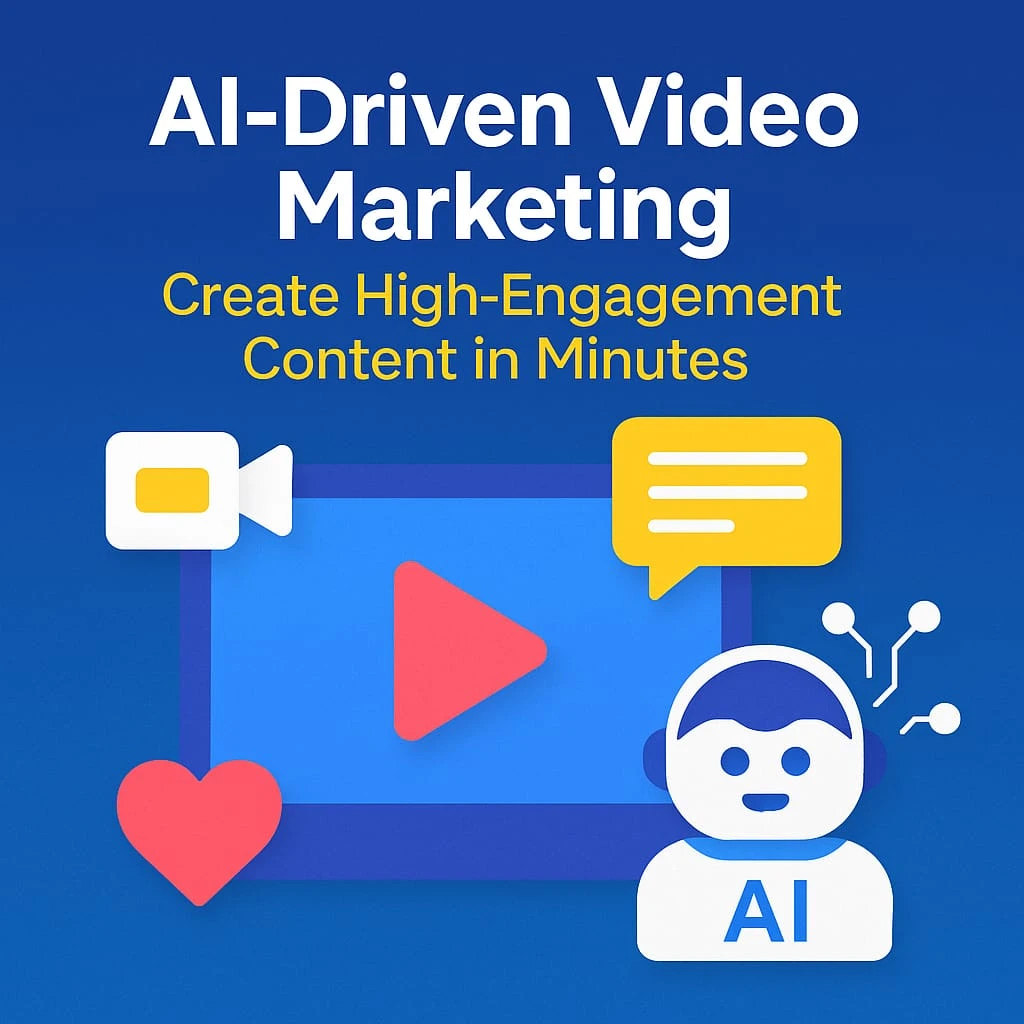
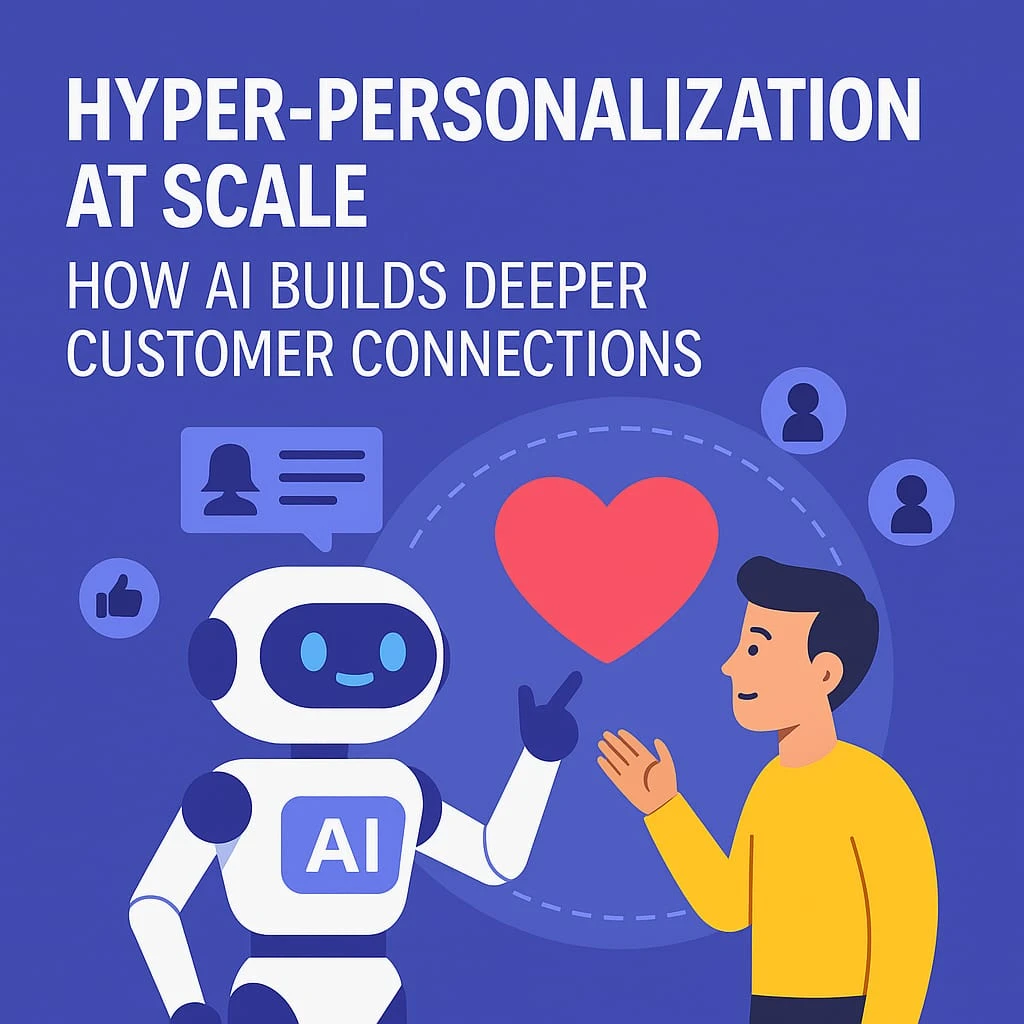
Comments: